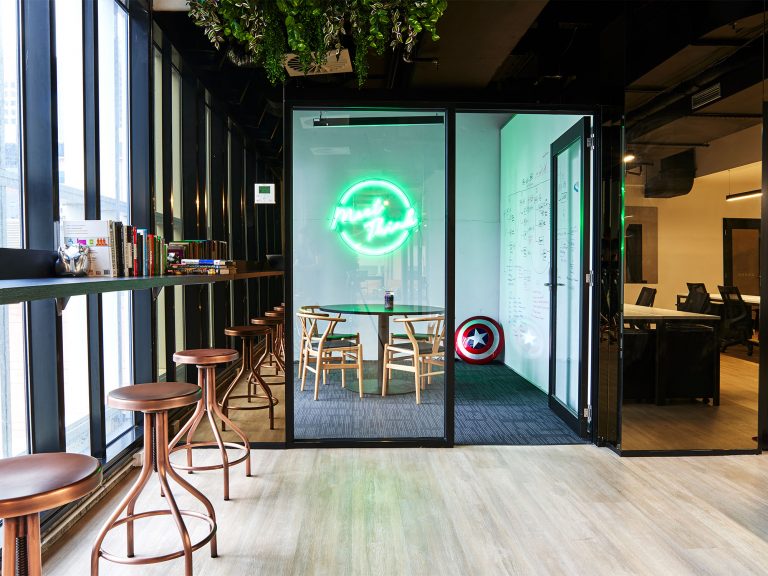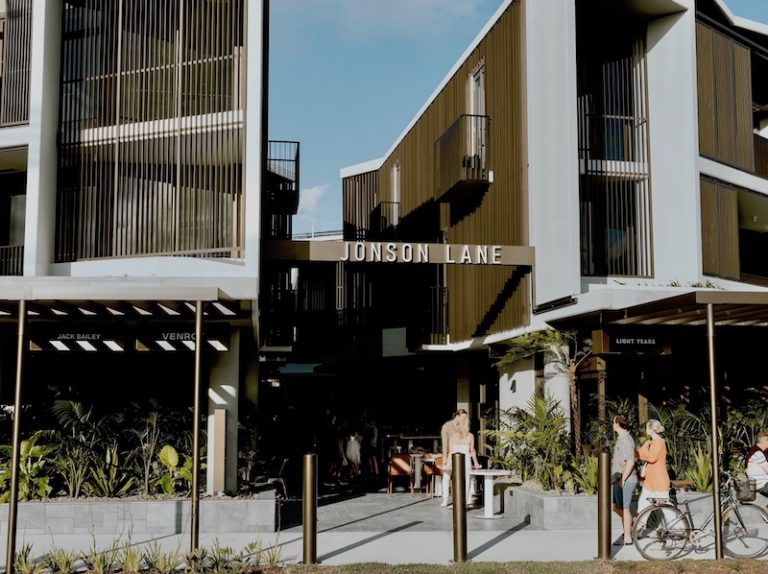What’s the difference between net yield and gross yield?

Net yield is a property’s annual income return, minus financial outgoings, while gross yield is this same income before expenses.
Of great assistance in helping investors make informed decisions about a property, both types of percentage yields are based on a commercial property’s purchase price or market value.
Industry experts advise commercial investors to base their property’s yield on its net, rather than gross, yield as it is more accurate.
However, net yield is harder to calculate as many property costs are variable and there is therefore no guarantee a property will return its calculated percentage to its investor.
How do I calculate net yield?
To calculate your property’s net yield, add up all of its outgoings and deduct them from the annual rental income.
Divide this figure by your property’s purchase price or value and multiply this figure by 100 and result will be your net yield.

Net yield calculations require investors to carefully plan for all outgoings. Picture: Getty
Meanwhile, your property’s gross yield can be determined by dividing its annual rental income by its purchase price, then multiplying this figure by 100.
“Yields are one of the major factors when deciding on whether or not you’re going to invest in a commercial property market, and a net yield is a much clearer way of looking at your return,” CBRE’s research director Kate Bailey explained.
What should be included in net yield?
Net yields include a commercial property’s typical outgoings which include stamp duty, land tax, strata levies, property management and advertising fees, legal and operational costs, and structural maintenance.
These calculations should also factor in unexpected expenses such as structural maintenance, longer vacancy periods and changing economic situations such as has occurred with COVID-19.
In a postscript to this point, investors should keep in mind that yields can differ widely depending on a property’s location and asset type.
“Yields vary substantially by market and suburb, just like houses, so two otherwise identical assets could have very different yields,” REA Group economist, Anne Flaherty, explained.
“Even within one asset type in one market, the spread will vary depending on the grade of the asset, the WALE (weighted average lease expiry), the tenant quality, and the potential for development.”
What is a good per cent yield?
Commercial investors in 2022 should expect highly compressed yields between 3.5%-7.5% across all commercial asset types, particularly the industrial and large retail format sectors.
Prime office yields have shrunk to 4.4%-6.4%, industrial classes to 3.5%-5% and large format retail properties to 5.5%-7.5%, according to data from CBRE Research’s end of 2021 forecast.

Take the extra time to calculate your property’s net yield, rather than its basic gross yield. Picture: Getty
In comparison, 2020 saw prime offices’ yields at 4.55%-6.7%, industrial buildings at 4.5%-5.7% and large format retail properties fixed at 6%-7.6%.
“Compressed yields are a good thing as this means that sale prices are getting bigger and people are willing to pay more,” Ms Bailey explained.
“The most compression we saw in 2021 was in the industrial sector because there’s not a lot of risk as everybody is moving online and needs warehouse space.
“So there’s a huge amount of demand and that’s given a lot of investors a lot of confidence to pay bigger prices because they know that should they have a vacancy, they will be able to fill it.
“They might be able to get more rent growth going forward as well.”







